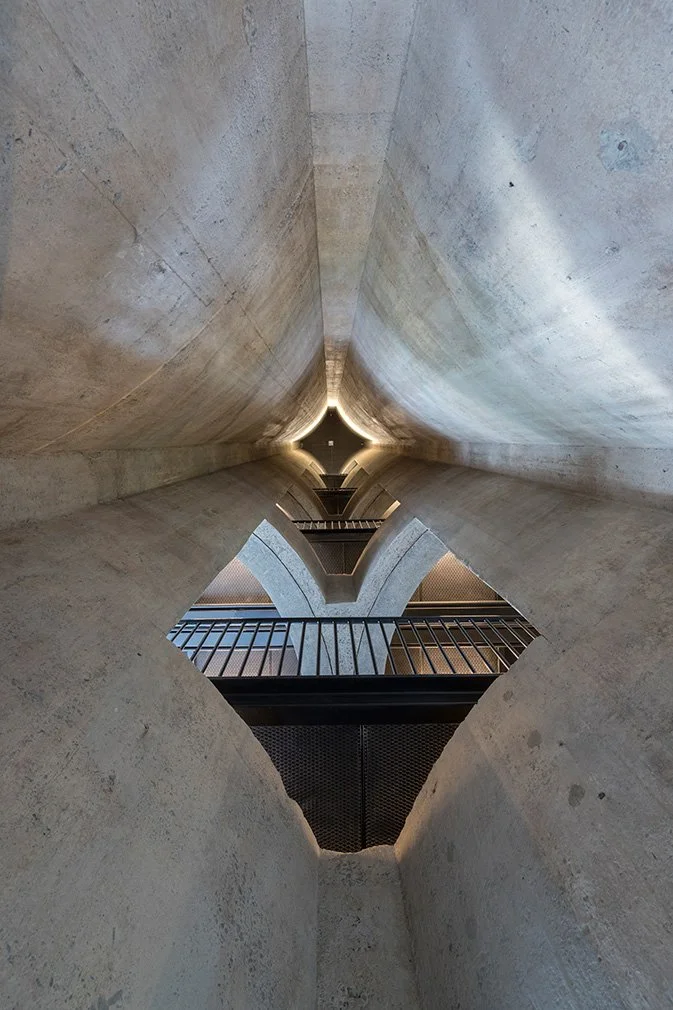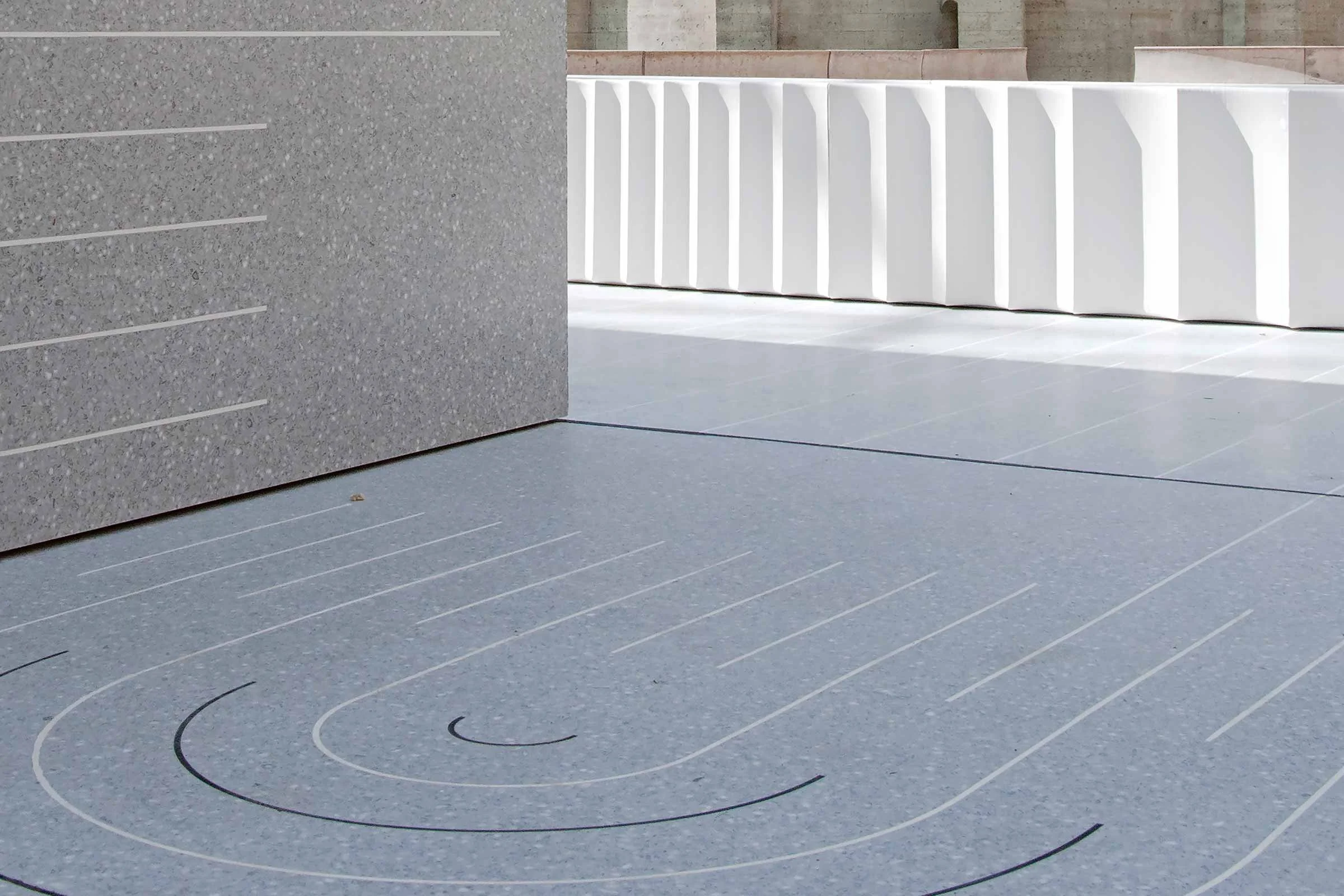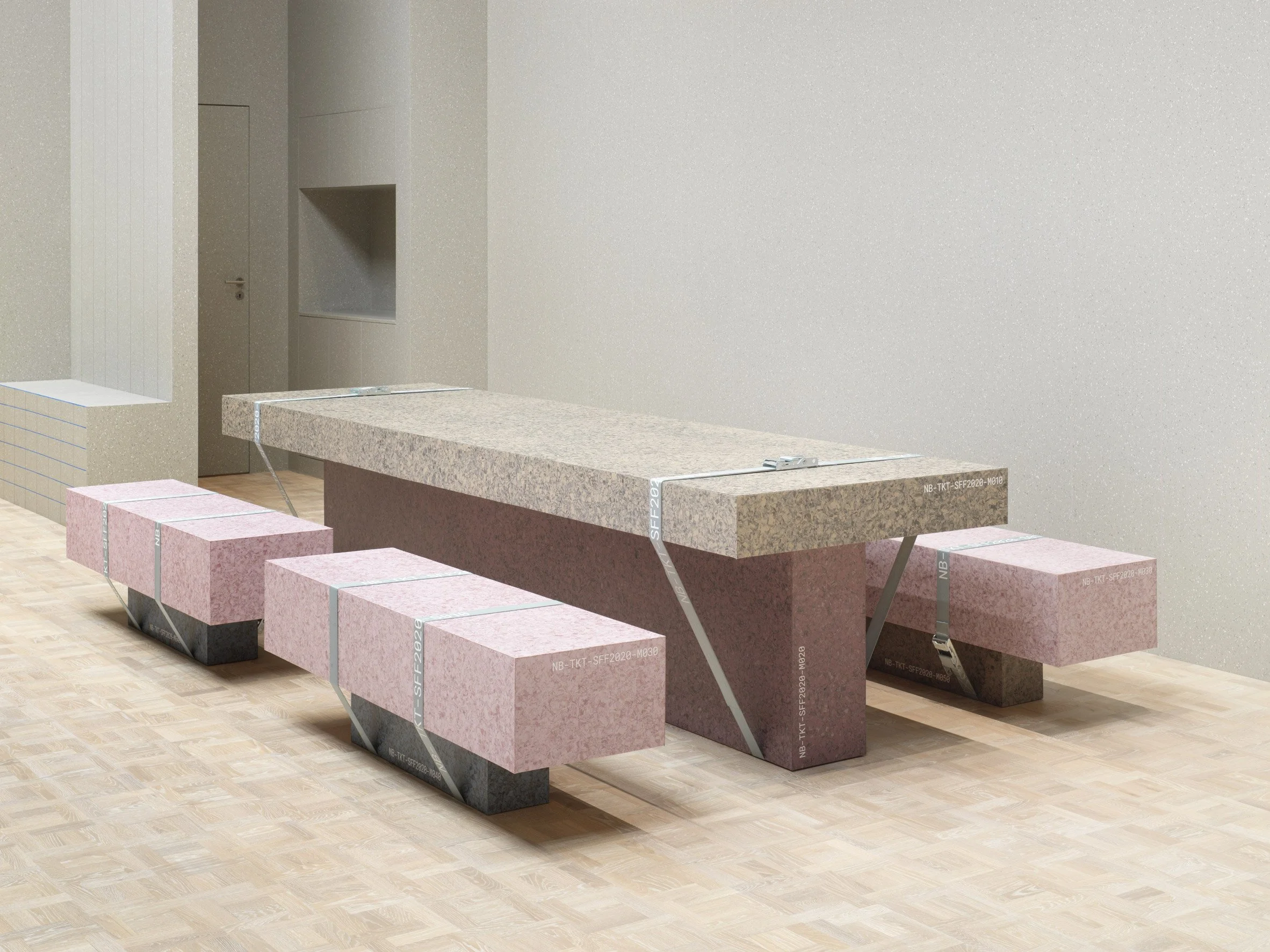P R O L E A R N
Resilient Design is the intentional design of buildings, landscapes, communities, and regions to respond to vulnerabilities to disaster and disruption of normal life. It focuses on creating structures and systems that can withstand, adapt to, and recover from both acute shocks and chronic stresses.
Key Principles
Diversity and Redundancy: Creating multiple pathways and systems to meet basic needs.
Flexibility: Designing for adaptability to changing conditions.
Durability: Emphasising long-lasting materials and construction methods.
Local Resource Use: Prioritising locally available, renewable, or reclaimed resources.
Benefits
Enhanced Safety: Resilient structures can reduce disaster-related injuries and fatalities by up to 70%.
Cost Savings: While initial costs may be higher, resilient design can reduce long-term maintenance and recovery costs by 50% or more.
Environmental Protection: Resilient designs often incorporate sustainable practices, reducing environmental impact.
Challenges and Considerations
Initial Costs: Resilient design features may increase upfront construction costs.
Complexity: Balancing multiple resilience strategies can be challenging in design and implementation.
Regulatory Barriers: Existing building codes may not always support innovative resilient design solutions.
Innovative Applications
Flood-Resistant Architecture: Designing buildings with elevated first floors or waterproof lower levels in flood-prone areas.
Passive Survivability: Creating buildings that maintain livable conditions without external power or water for extended periods.
Community Microgrids: Developing localised energy systems that can operate independently from the main grid during disruptions.
Future Outlook
As climate change impacts intensify, resilient design will become increasingly critical. We can expect to see more integration of resilience principles in building codes and urban planning policies, as well as the development of new technologies and materials specifically designed for resilience.
Call to Action:
Evaluate your current projects or living environment for resilience. Consider implementing resilient design principles in your next building or renovation project, and advocate for resilience-focused policies in your community.










